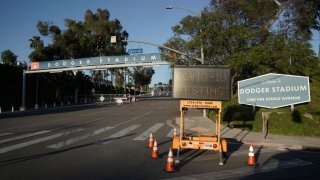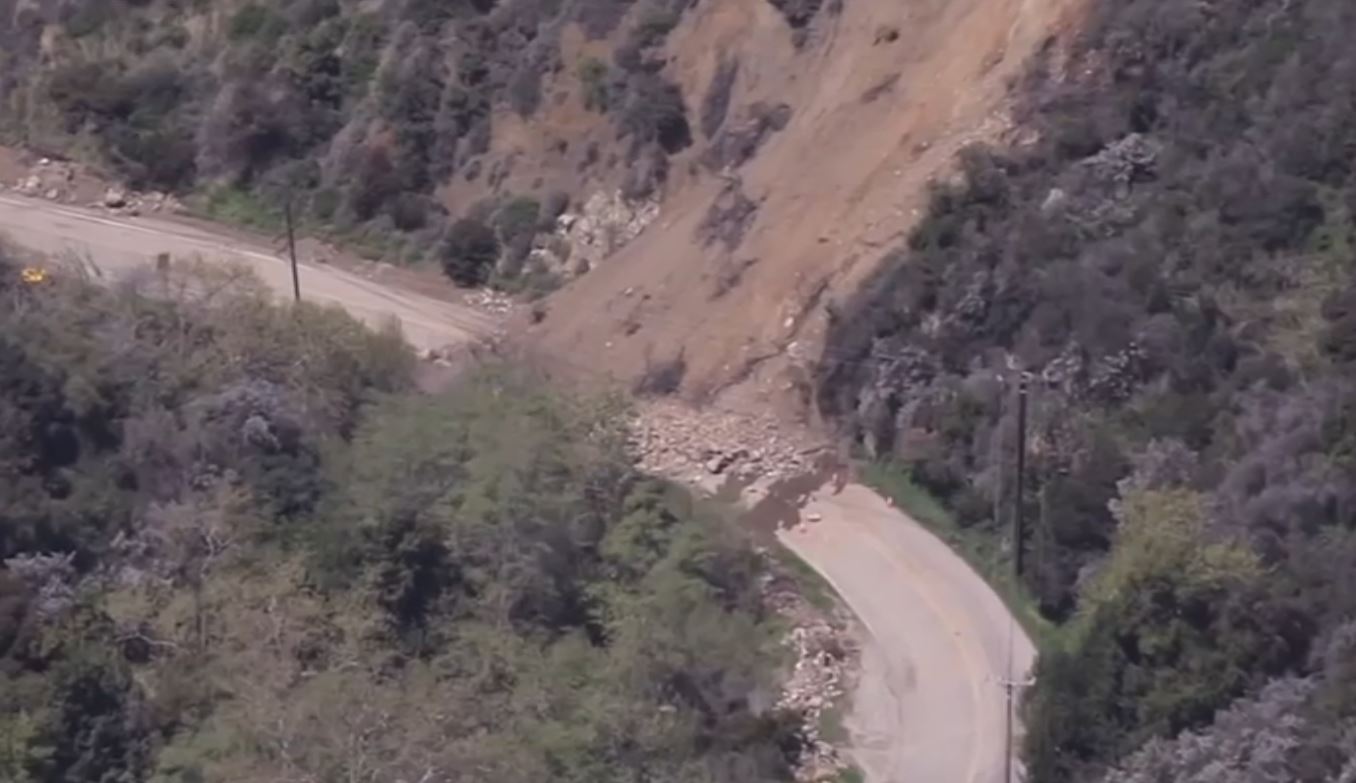
More than 50 new deaths from the coronavirus were reported Tuesday in Los Angeles County, along with 1,225 additional cases of the virus, as health officials again urged people to monitor themselves for an expanded list of symptoms of the illness.
The county Department of Public Health announced 56 new deaths from the virus, although one of those fatalities was actually reported Monday afternoon by health officials in Long Beach.
The new fatalities brought the countywide number of fatalities to 2,707.
Meanwhile, the county confirmed 1,225 new cases of COVID-19, raising the total to 65,822.
Of the 2,512 people who died from the illness for whom ethnic data was available, 41% were Latino, 28% were white, 18% were Asian, 12% were black and 1% were Native Hawaiian/Pacific Islander.
County health officials noted that 47 cases and four deaths that had been previously reported turned out to be people who lived outside the county, and those cases were removed from the local totals.
A total of 93% of the people who have died from the virus in the county had underlying health conditions -- a percentage that has remained largely unchanged throughout the pandemic.
Local
Get Los Angeles's latest local news on crime, entertainment, weather, schools, COVID, cost of living and more. Here's your go-to source for today's LA news.
Of those who have tested positive, 11% have required hospitalization at some point, according to county health officials. As of Tuesday, there were 1,453 people hospitalized, and 29% of those people were in intensive-care units.
Public health officials noted that the U.S. Centers for Disease Control and Prevention had again expanded the list of symptoms that could be an indication of COVID-19 infection. The list now includes:
-- fever of chills;
-- cough;
-- shortness of breath or difficulty breathing;
-- fatigue;
-- muscle or body aches;
-- headache;
-- new loss of smell or taste;
-- sore throat;
-- congestion or runny nose; and
-- nausea or vomiting.
People experiencing "even mile illness" were advised to contact their health provider.
County officials said Monday they are in the process of reviewing guidelines released by the state providing protocols for reopening more sectors of the economy, including bars, day camps, schools and child care facilities and film/TV production companies. The state protocols allow for the reopening of such businesses as early as this Friday, pursuant to approval from individual counties.
The state late Monday night issued protocols for possible opening of movie theaters, also as early as Friday.
"The county is actively reviewing the guidelines from the state to determine how these organizations can reopen with necessary safeguards and with the precautions in place," County Supervisor Kathryn Barger said Monday. "An announcement will be made prior to Friday regarding which sectors can reopen with their final protocols.
"This is another important milestone for the county as we continue our path toward recovery and transition from safer at home to safer at work and safer in our communities," she said.
County elected and health officials have expressed repeated concerns over the possibility that recent mass protests against police brutality may result in a spike in new infections, potentially putting more pressure on area hospitals.
Barger said the county is continuing to monitor health data and it will play a crucial role in deciding whether to authorize more parts of the economy to reopen.
"Make no mistake, we are doing this in a very deliberate and cautious way and actually have been one step behind the surrounding counties for that reason, because of the size, 10 million people, we recognize that there are a lot of other issues that come into place,'' she said. "But we also recognize that the longer we stay closed knowing that we actually can do it (reopen) in a responsible way with social distancing and requiring people to wear cloth face coverings, that we need to get back to work and get the economy back working. And we can do both. It's not either-or."
But she again warned that if people are failing to take precautions when out in public -- be it a protest or going to the beach -- it could have consequences down the line.
"One of the questions asked to me (is) `Why are protesters allowed to go out and defy public health orders but businesses don't get that same break?'" she said.
"The reality is that this is our new norm right now. So I hope that people who are out protesting are practicing social distancing and wearing face cloths, because I don't want to have to revisit in three weeks businesses on the cusp of opening that know if they do not open they will not ever open again."



